Justine Ezarik, more commonly known by her YouTube channel name iJustine, is a veteran vlogger who’s spent the last 15 years building an impressive audience of over 6.5M subscribers.
This is no small feat — especially when you consider that she was also handling most of the production and post-production during that period.

But as her workload grew, Justine enlisted her sister, Jenna, to shoot episodes, and a year ago she brought in Tyler Carey to take over the shooting and editing so that she could focus on her intense content creation cycle.
Then, in a situation that will be familiar to everyone working in media production right now, Justine’s conventional workflow was disrupted by the Covid-19 lockdown in Los Angeles. She and her team had to rapidly readjust to a completely remote, at-home workflow.
And, given iJustine’s strong tech focus, she and her team are giving us an inside look at this new workflow in their latest video.
While it’s not mentioned in the video, the team at iJustine initially relied on a LumaForge Jellyfish Tower before lockdown. (Yep, that’s me in the product videos at the bottom of the page.)
But the Jellyfish is a Network Attached Storage (NAS) device, so it needs a direct Ethernet connection. That makes it excellent for working in the same building at high speed, but it’s less efficient for remote access workflows. So they brought in some new tools to fill in the gaps.
Frame.io Transfer
With quarantine restrictions in place, iJustine’s production requirements changed drastically.
The team was already using Frame.io for client approval prior to lockdown, but this was primarily for external review. They’d send cuts to brands to receive notes and only occasionally use it to send asset files to each other.
Now that they’re working remotely, they use Frame.io to exchange most of their assets between team members, and the role once filled by the Jellyfish NAS has now been partially offset by our new Transfer app.
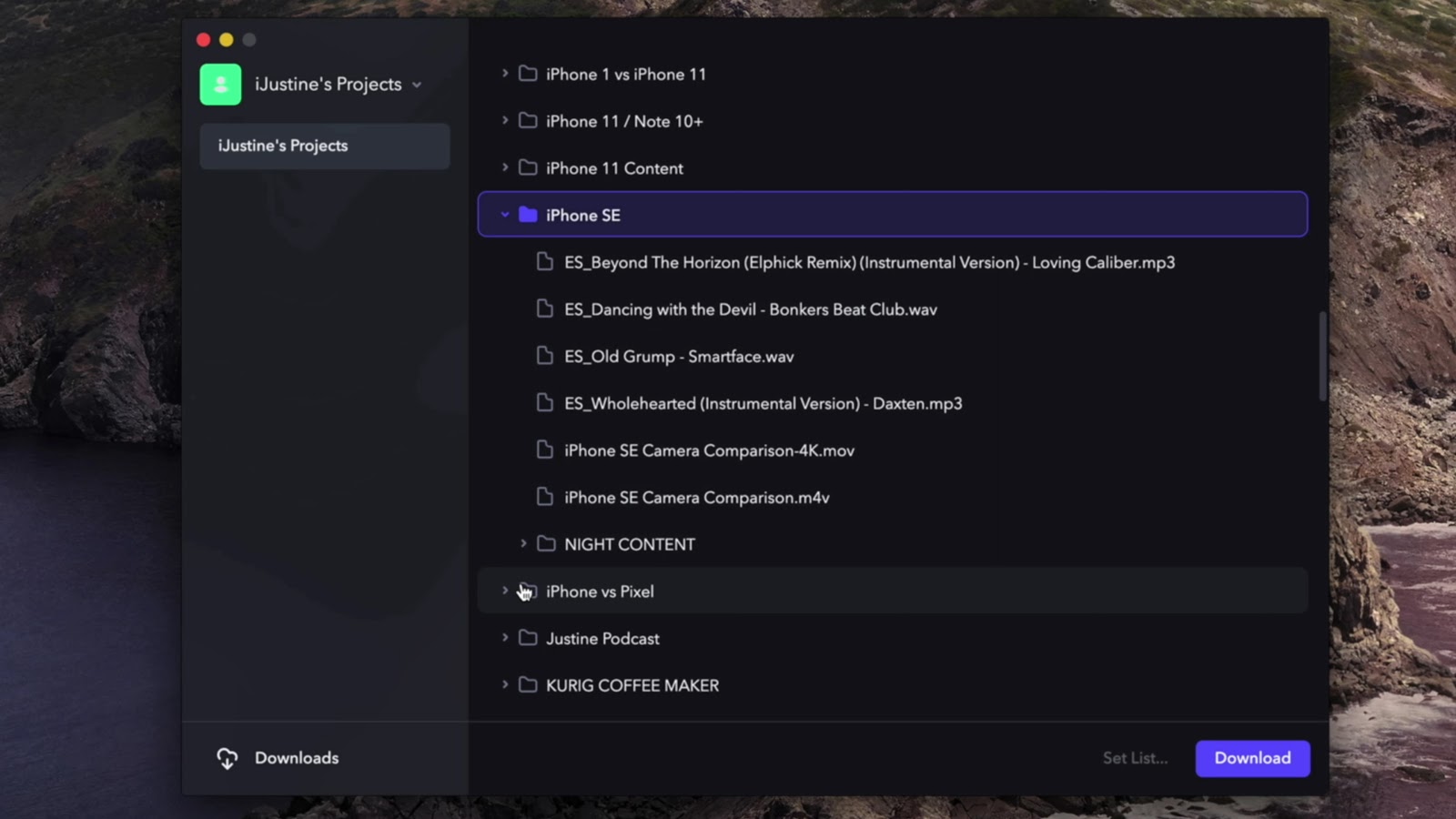
As Justine explains, the app gives them accelerated batch downloads of files directly to their local drives, and they can choose to grab the original footage or bandwidth-friendly proxies generated by Frame.io.
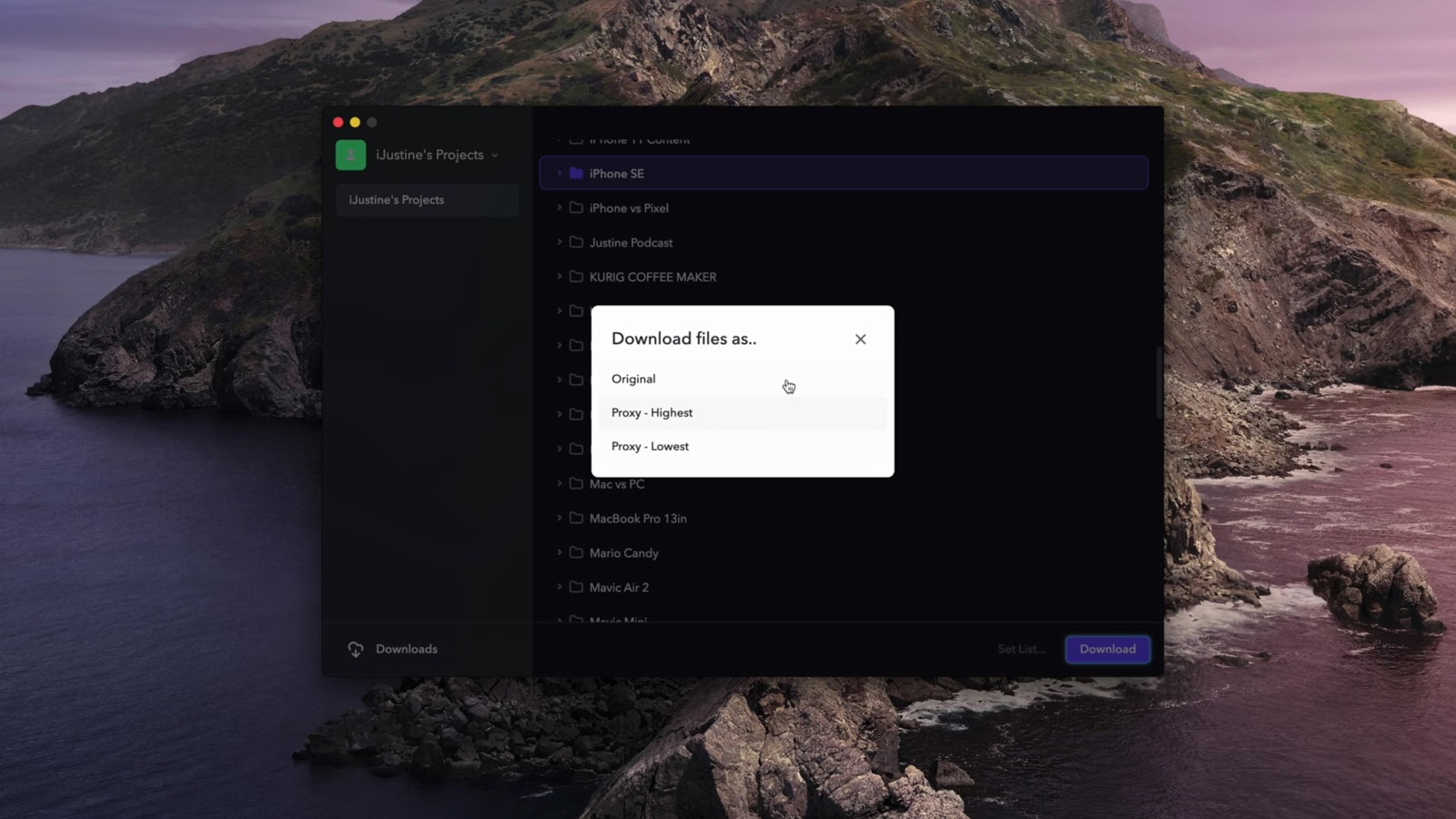
Frame.io Workflow Extension for Final Cut Pro X
They also reveal how they use the Frame.io Workflow Extension for Final Cut Pro X, which allows them to collaborate, comment, and track changes without the editor ever needing to leave the host application.
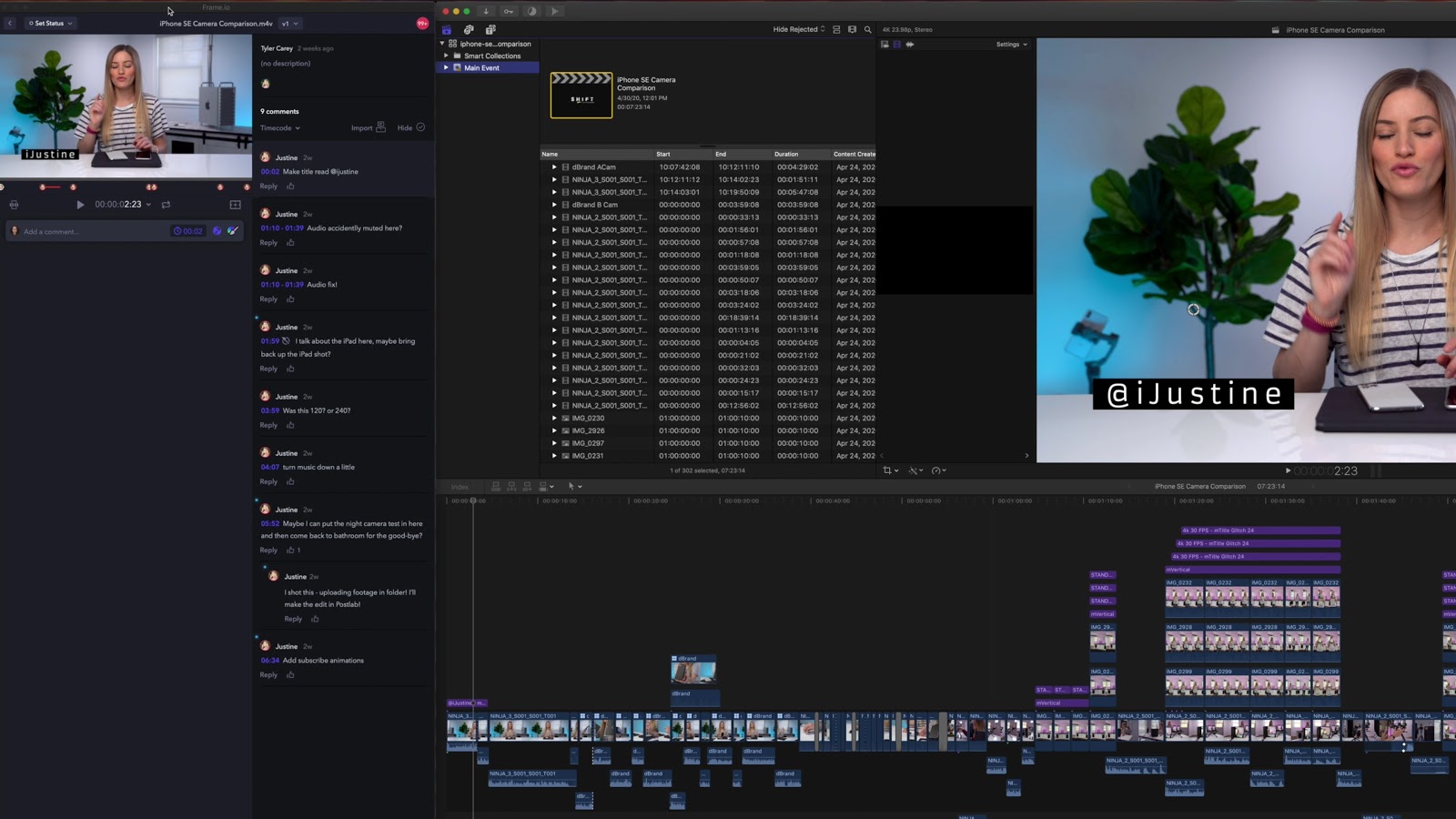
A highlight for Tyler is the ability to link the playheads between Final Cut Pro X and the Frame.io Workflow Extension.
He can just click on a comment in Frame.io and the playhead will jump to the corresponding point in the Final Cut Pro X timeline. That lets him quickly run through each comment in turn, to review, action, and mark as done.
He also likes the Import Comment tool, which creates a comment layer he can import into the timeline for offline work.
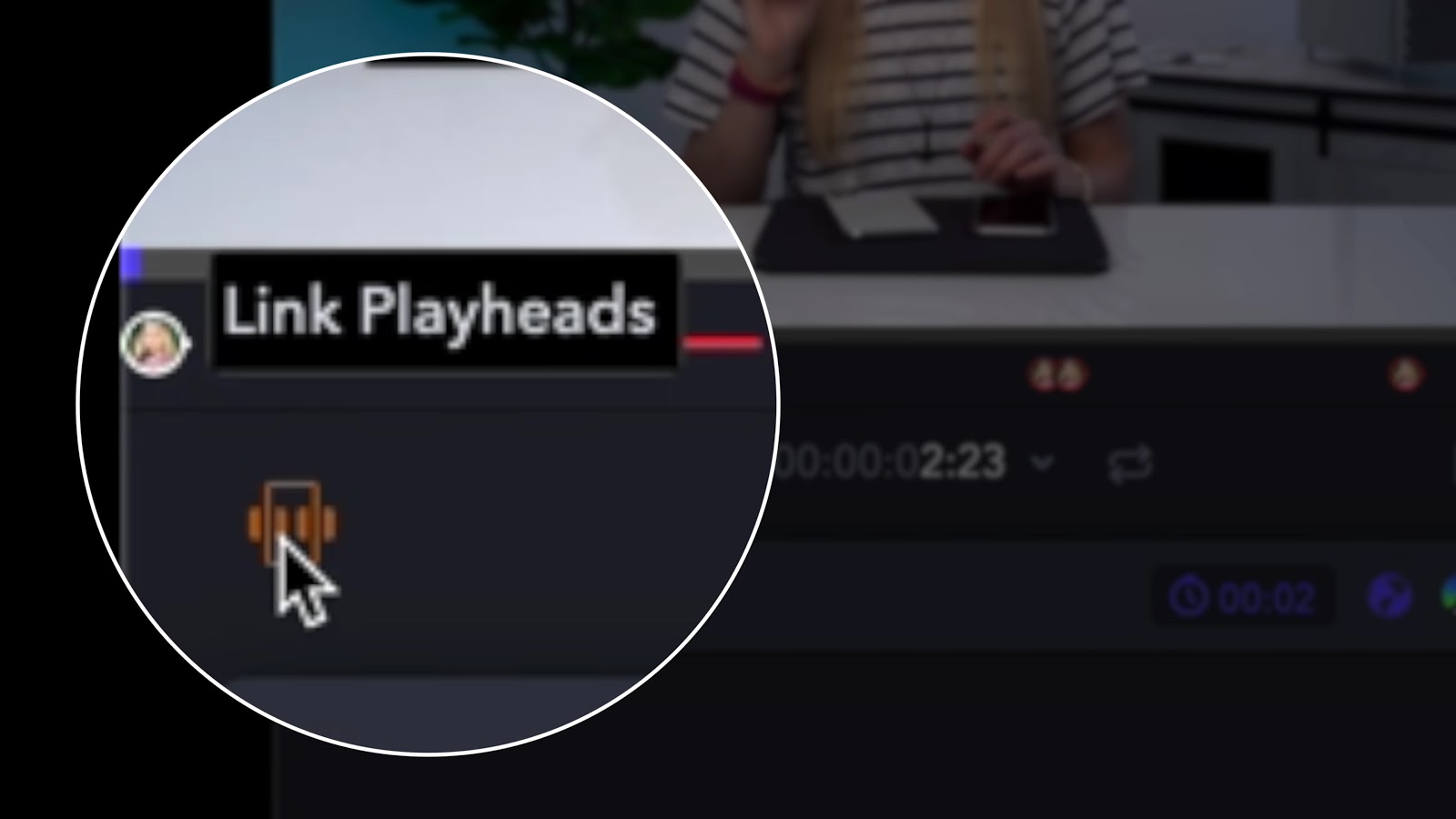
PostLab
But Frame.io is not the only part of the team’s new remote workflow; the video also details how Justine uses Hedge’s PostLab to share Final Cut Pro X Libraries with her team.
PostLab enables users to share FCPX Libraries in the cloud, and the Library locking functionality is at the core of Justine’s remote workflow. It allows her team to share Libraries without overwriting each other’s work.
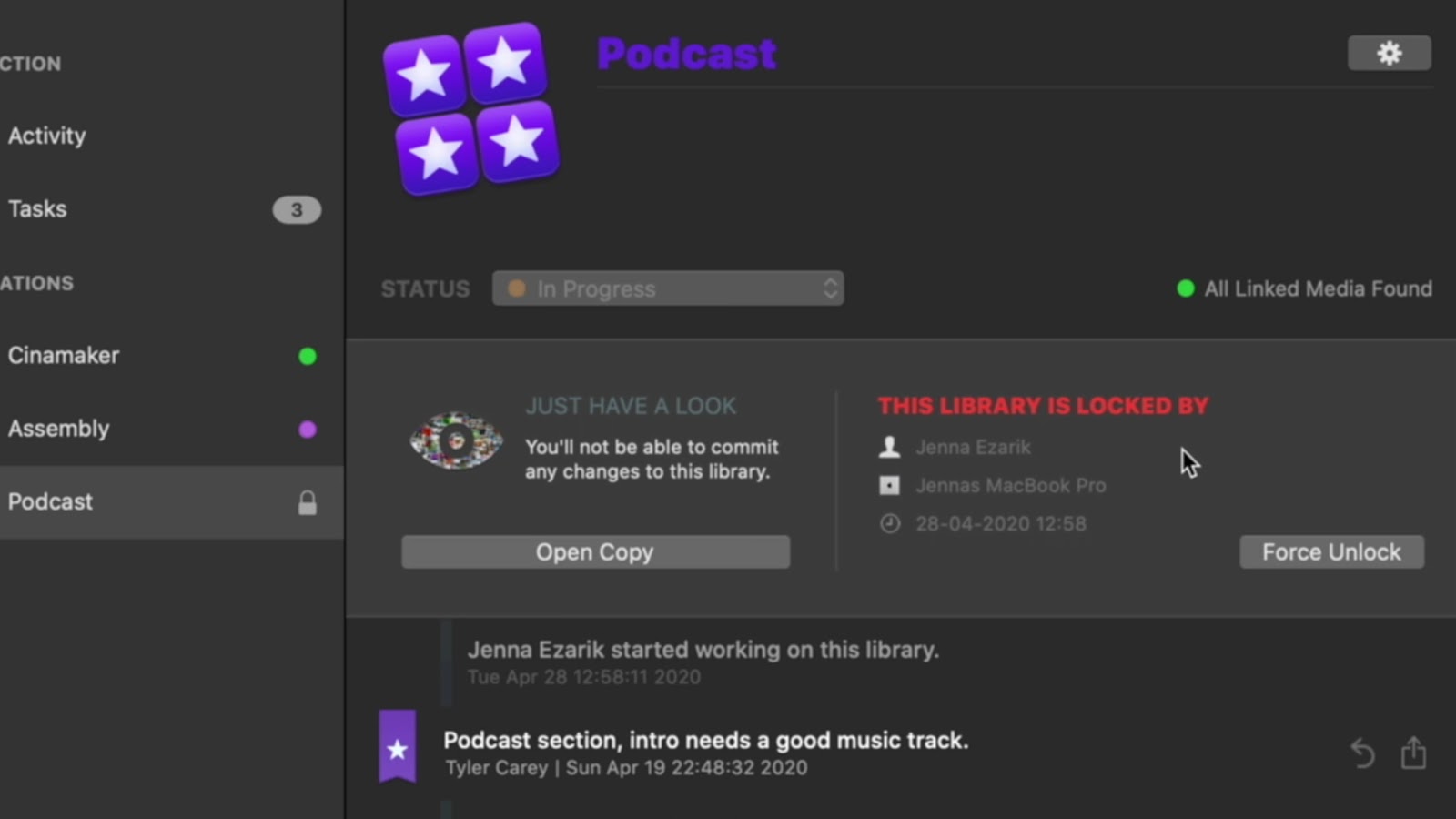
What if they need access to a locked Library? They can open a read-only version. And, if a rewind is required, PostLab lets them list all the changes made to a Library during the edit, with Time Machine 2.0 support allowing rollbacks to earlier versions.
PostLab also provides them with a task management tool that Justine uses to assign overarching tasks.
These range from creating multicam edits, jump-cutting talking heads, or grading (which her sister Jenna freely admits is not her favorite).
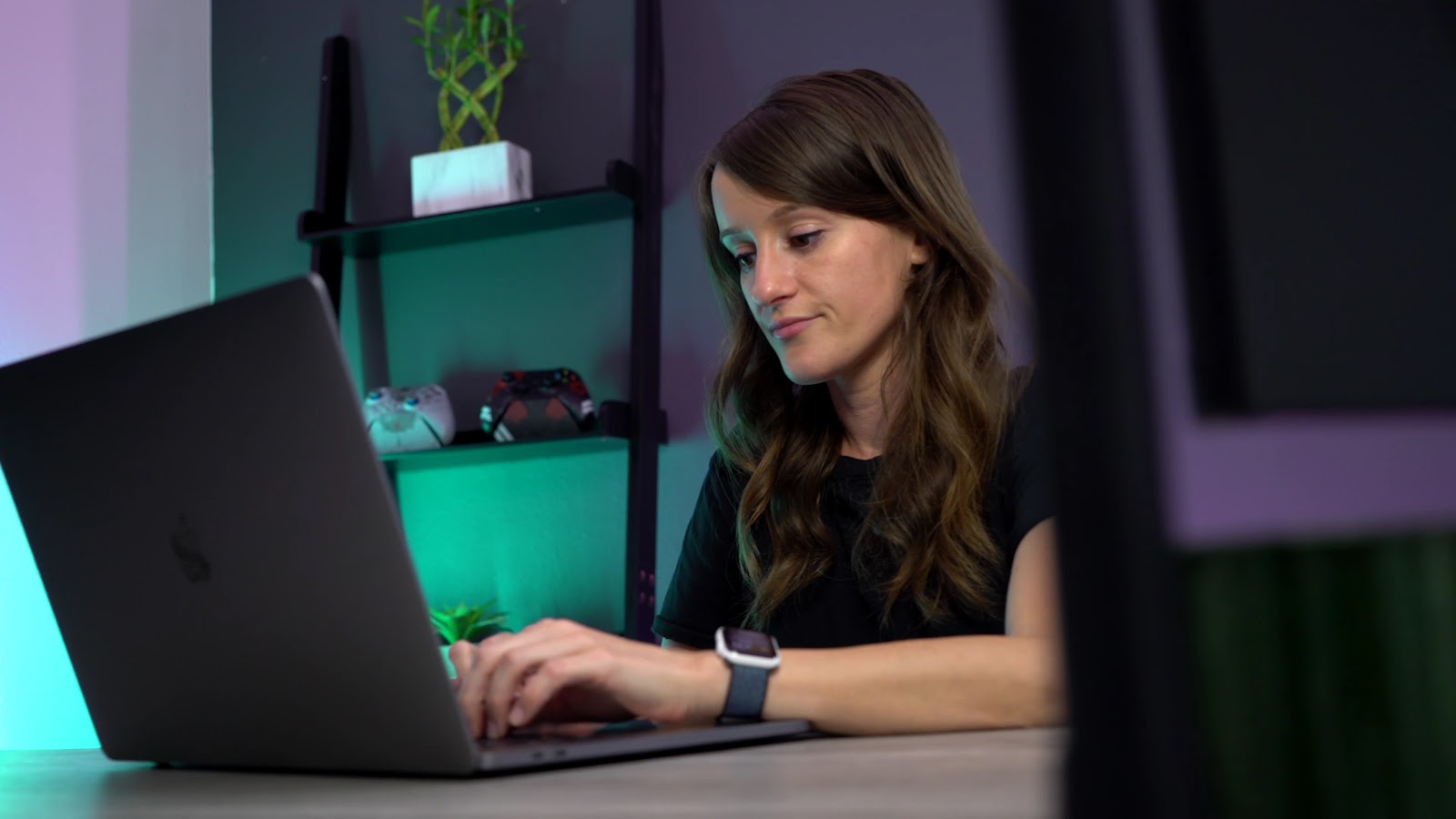
(It’s worth noting here that PostLab works with FCPX and Premiere Pro, but no PC version is in the cards. And yep, that’s a quote from me at the top of the product page. I’ve been around a while)
Looking Forward
This new solution is far from being a temporary fix.
With this new mix of Frame.io and PostLab, Justine and the team can share footage, manage Final Cut Pro X Libraries, create a task list, send cuts to clients for review, and address any notes that come back from the client.
None of this requires them to be in the same location. They can do it all remotely, without slowing down their workflow.

And the need for these productivity and process improvements won’t end when the lockdown restrictions do.
Meeting the channel’s high content demands requires a lot of travel, so working from the cloud will still be necessary. And, back at home, PostLab functionality is still viable as a means to handle FCPX Libraries sharing and locking on their NAS.
Frame.io Transfer will continue to make it easy for the team to share media from remote locations, and collaborate effectively across our secure high-speed platform.
So while this veteran YouTuber may have been unexpectedly forced to adopt a radically different workflow overnight, the lessons learned will have long-lasting benefits for her team’s creativity and efficiency.



